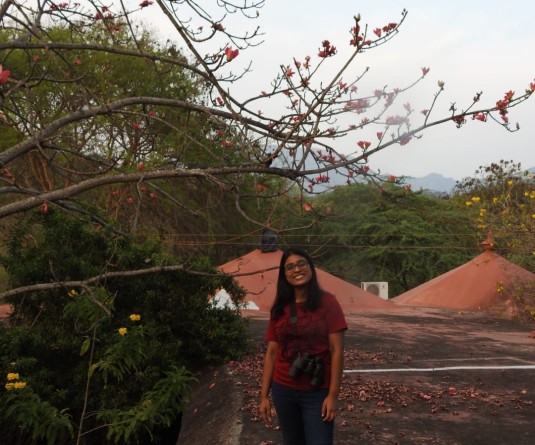
Mhabemo Jungio
Patkai Christian College
The tragic rock slide that occurred in Chümoukedima, Nagaland, in May 2025, resulting in the death of a truck driver, has once again brought to light a very serious and ongoing threat to commuters along National Highway- 29 (NH-29). While the loss of one life may seem like a small number to some, for those of us who travel or live near this route, it is a stark reminder of how dangerous the highway becomes—especially during the rainy season.
It is important to highlight that this is not an isolated event. Similar rockslides were reported in July 2023 and again in early 2024, causing major disruptions, vehicle damage, and putting countless lives at risk. Yet, even after multiple warnings in the form of such disasters, long-term solutions appear to be missing. NH-2 has become increasingly hazardous during monsoon months, and it is clear that more needs to be done—urgently.
The region is geographically prone to such hazards due to its hilly terrain, but human activities such as unchecked hill cutting, poorly planned road widening, and lack of proper drainage have worsened the situation. Without proper slope management and environmental safeguards, incidents like this are bound to keep happening.
We need both short-term and long-term measures. In the short term, authorities should install warning signs in known danger zones, monitor weather conditions closely, and ensure quick emergency responses during peak rainfall. For the long term, efforts must include scientific surveys of vulnerable zones, the building of retaining walls, controlled slope cutting, afforestation, and strict enforcement of safety regulations during construction and roadwork.
As a concerned citizen and student, I sincerely hope that the government, the Public Works Department, and local disaster management authorities take this as a wake-up call. The life lost in May 2025 should not go in vain. These incidents are becoming far too common, and unless meaningful steps are taken, the risks will only grow. I request your respected publication to kindly publish this letter and help bring wider attention to this urgent issue.




